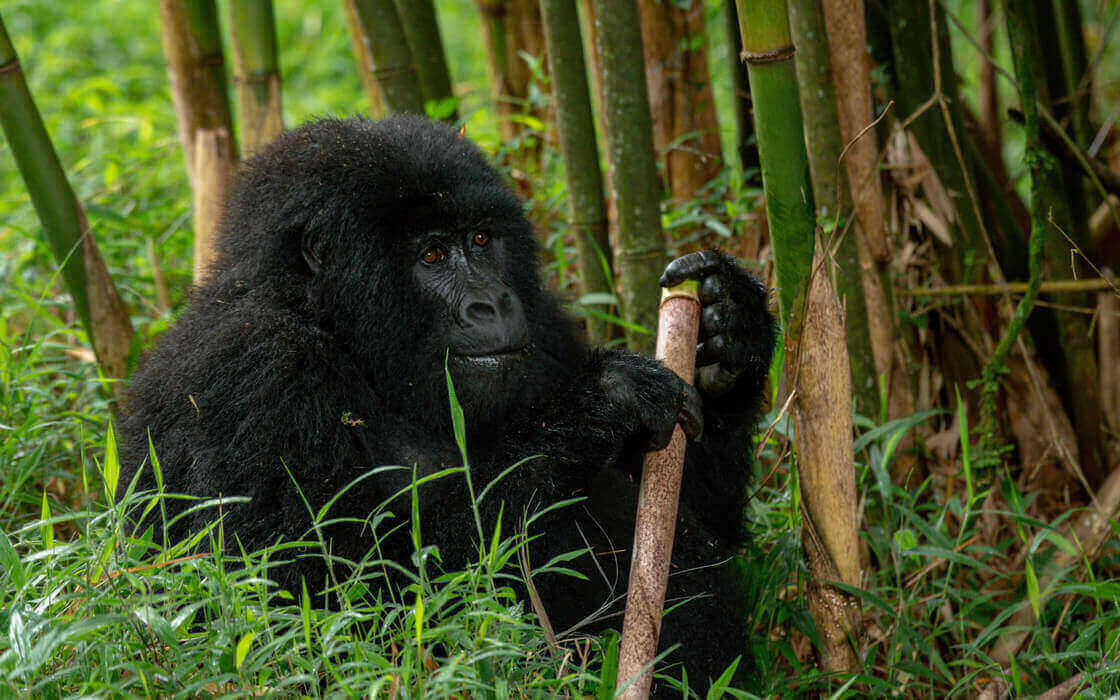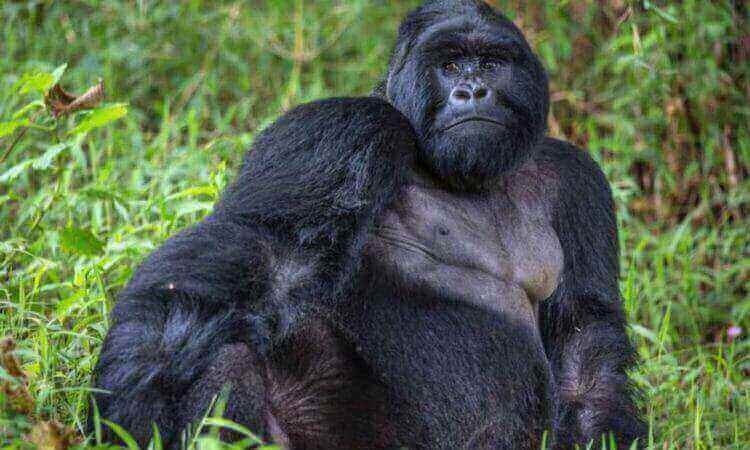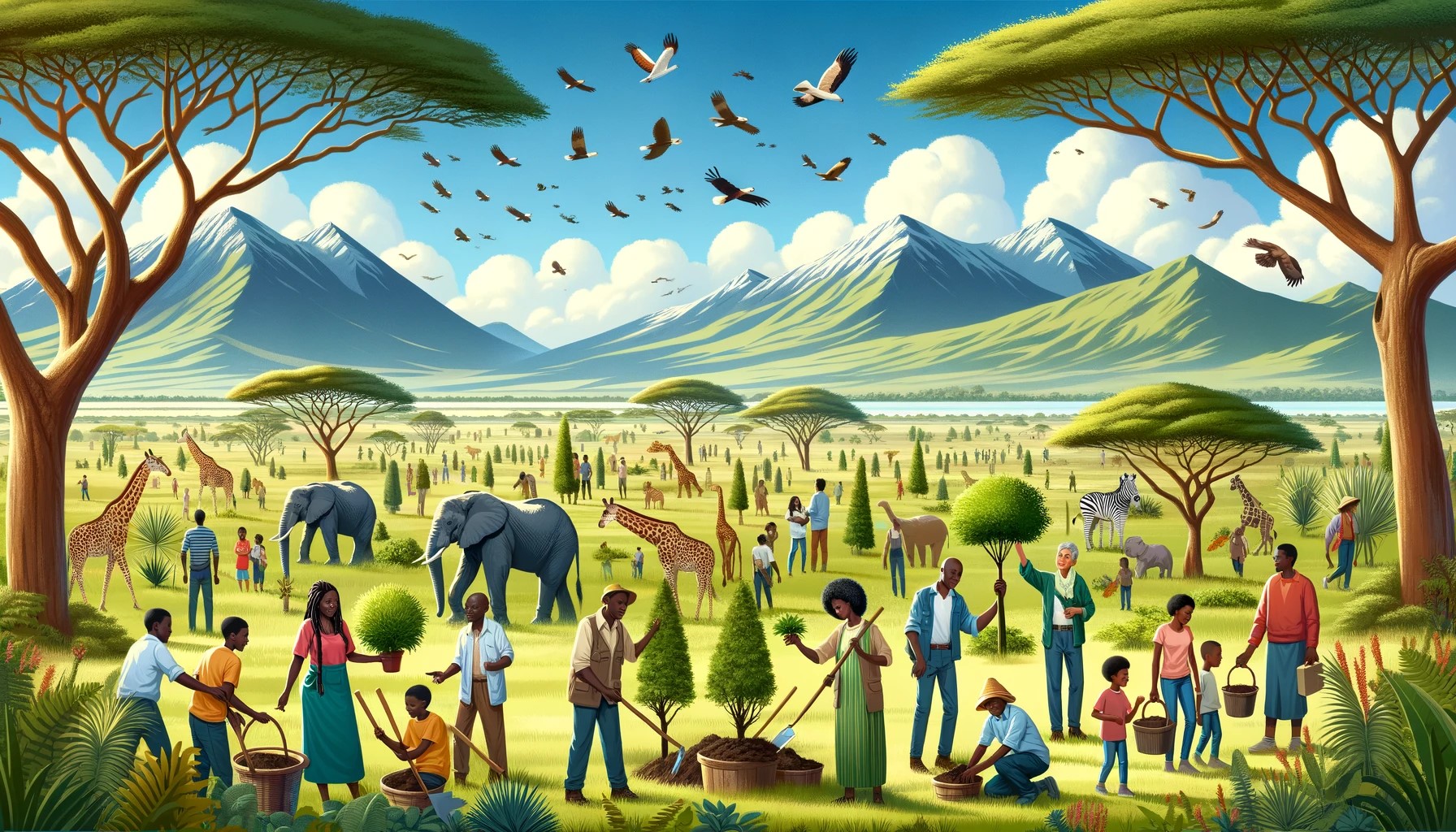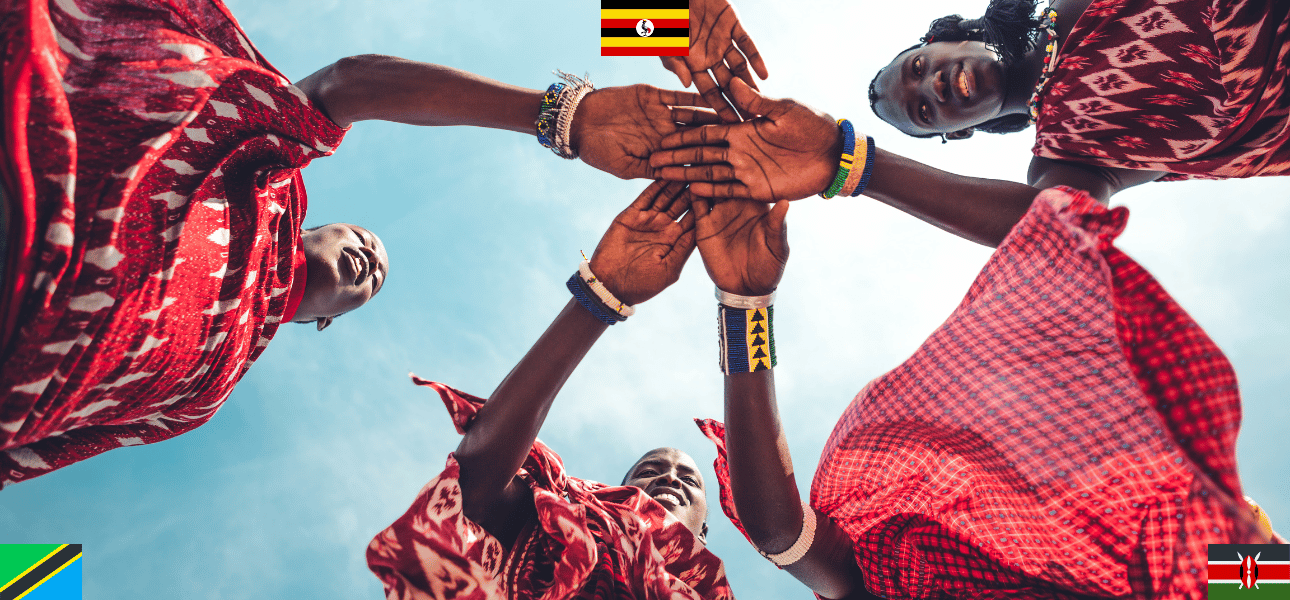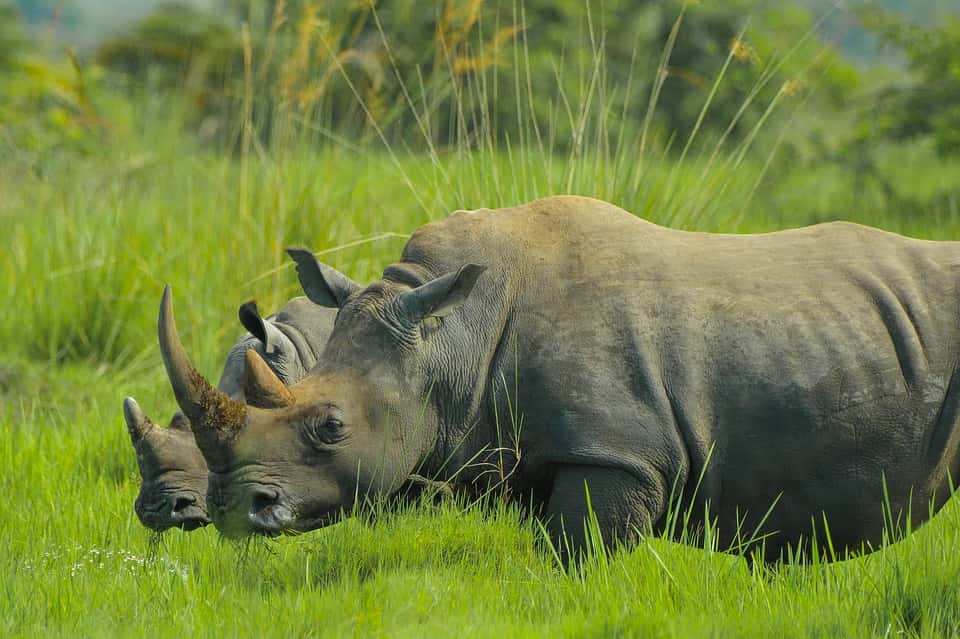The Ultimate Guide to Mountain Gorilla Trekking in Uganda
Mountain gorilla trekking in Uganda is a profound and enchanting experience that attracts adventurers from all corners of the globe. This rare opportunity allows you to come face-to-face with the majestic mountain gorillas in their natural habitat. With fewer than 900 individuals left in the wild, Uganda’s dense forests offer one of the last sanctuaries for these gentle giants. In this comprehensive guide, we will cover everything you need to know to embark on this once-in-a-lifetime adventure.
Choosing the Right Time to Visit
The best times to visit Uganda for gorilla trekking are during the country's two dry seasons: January and February and from June to September. These periods offer the most accessible trekking conditions, fewer mosquitoes, and generally clearer skies. However, the lush landscapes following rainy seasons can also be incredibly beautiful and vibrant, offering a different kind of experience for those willing to navigate muddier paths.
Where to Go
Gorilla trekking in Uganda mainly takes place in two national parks:
Bwindi Impenetrable National Park:
This UNESCO World Heritage site is home to half of the world’s remaining mountain gorillas. The park’s steep, forested landscape provides an impressive backdrop for gorilla tracking.
Mgahinga Gorilla National Park:
Located in the southwestern corner of Uganda, Mgahinga is part of the Virunga Conservation Area. Although smaller, it offers the unique experience of tracking gorillas as they roam across the borders of Uganda, Rwanda, and Congo.
Preparing for the Trek
Trekking to see the mountain gorillas involves navigating through challenging terrain at elevations above 1,300 meters (4,265 feet). It’s essential to be in good physical condition. Prepare by doing plenty of walking or hiking in hilly areas before your trip.
When packing, include gardening gloves to protect your hands from thorny vegetation, hiking boots with good grip, water-resistant clothing, and plenty of layers to accommodate the mountainous region's varying temperatures. Don’t forget a waterproof bag to protect your camera and other electronic devices.
Health and Safety
All visitors are required to maintain a distance of at least 7 meters (about 23 feet) from the gorillas. This is to protect the gorillas from human-borne diseases, which they are highly susceptible to. Flash photography is also not allowed, so ensure your camera is equipped to handle low-light conditions.
Travelers must also be over 15 years of age, and those feeling unwell may be barred from participating in the treks to protect the health of the gorillas. Ensure that you have all the necessary vaccinations as recommended by your healthcare provider before traveling.
Ecological Responsibility
Mountain gorilla trekking in Uganda is heavily regulated to ensure minimal impact on the gorillas and their habitat. Permits are required for all visitors, which helps control the number of daily visitors. The revenue generated from these permits is crucial for the conservation efforts and also benefits the local communities.
As a visitor, it’s crucial to follow the guidelines provided by your guides and rangers, which are designed to protect both the gorillas and their environment. This includes disposing of waste properly, keeping voices low, and not eating or drinking near the gorillas.
The Trekking Experience
On the day of the trek, you’ll start early, heading out into the forest with your assigned ranger guide. Trekking can last anywhere from a few hours to the whole day, depending on the location of the gorillas on that particular day. Once you find a gorilla family, you’ll have up to one hour to observe them. This is an incredible experience, watching their social interactions, play, and foraging, all under the careful watch of the group's dominant silverback.
Cultural Interactions
Besides the gorillas, Uganda’s rich culture offers additional enriching experiences. Engage with local communities — many of whom are directly involved in conservation efforts — through village walks and cultural performances. This not only enhances your travel experience but also supports the local economy.
Booking Your Trek
Due to the limited availability of permits and the popularity of gorilla trekking, it is crucial to plan your trip well in advance. Working with a reputable travel agency can help ensure that all aspects of your trip are handled professionally, from securing permits to arranging accommodation and transportation.
Conclusion
Mountain gorilla trekking in Uganda is not just a thrilling adventure but also a chance to contribute to the conservation of one of the planet's most endangered species. By choosing to trek responsibly, you're helping to ensure that future generations will also be able to experience the profound wonder of encountering mountain gorillas in the wild. Prepare to be moved and transformed by this unforgettable journey.

Pande Nabende
Related content
Interdum et malesuada fames


